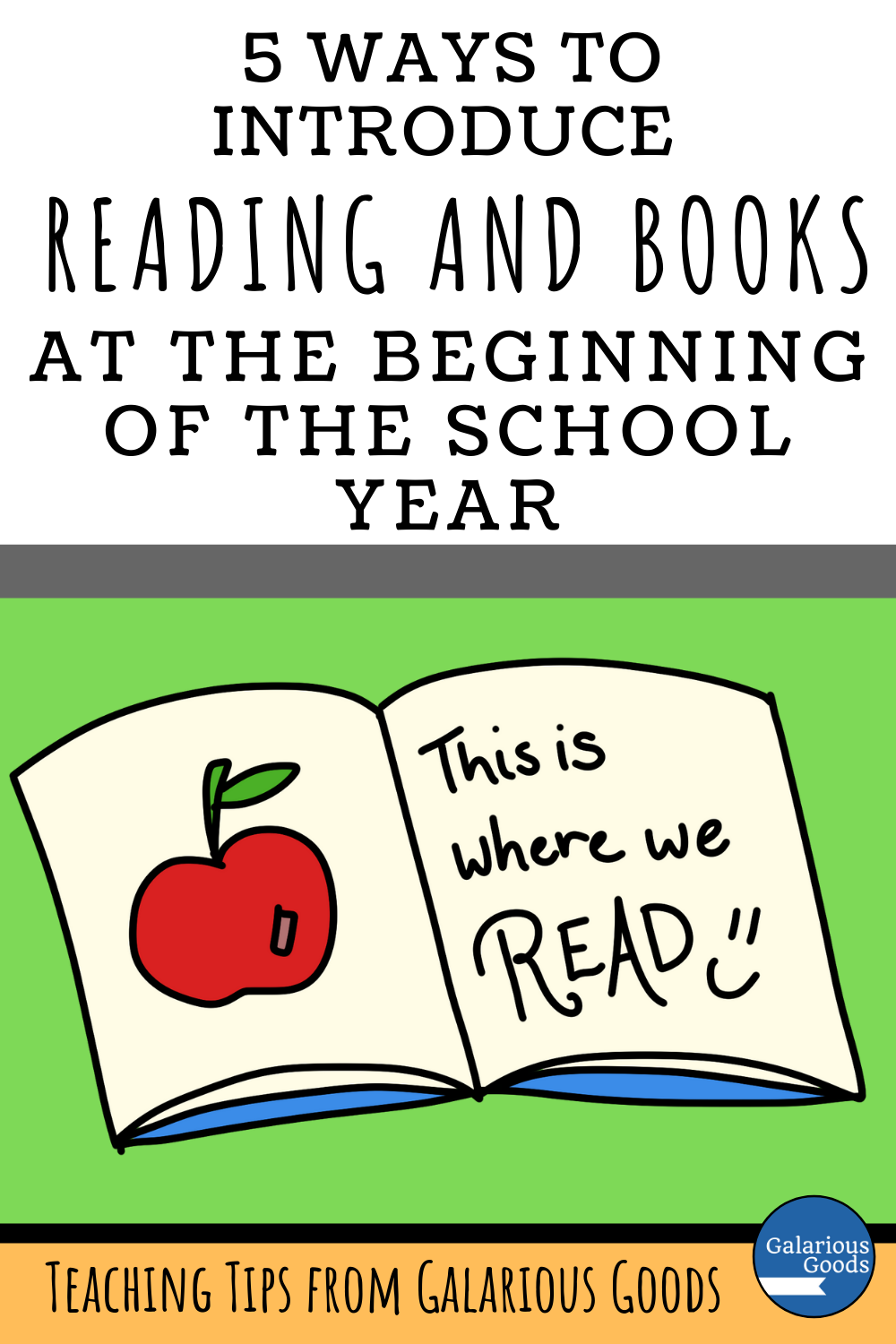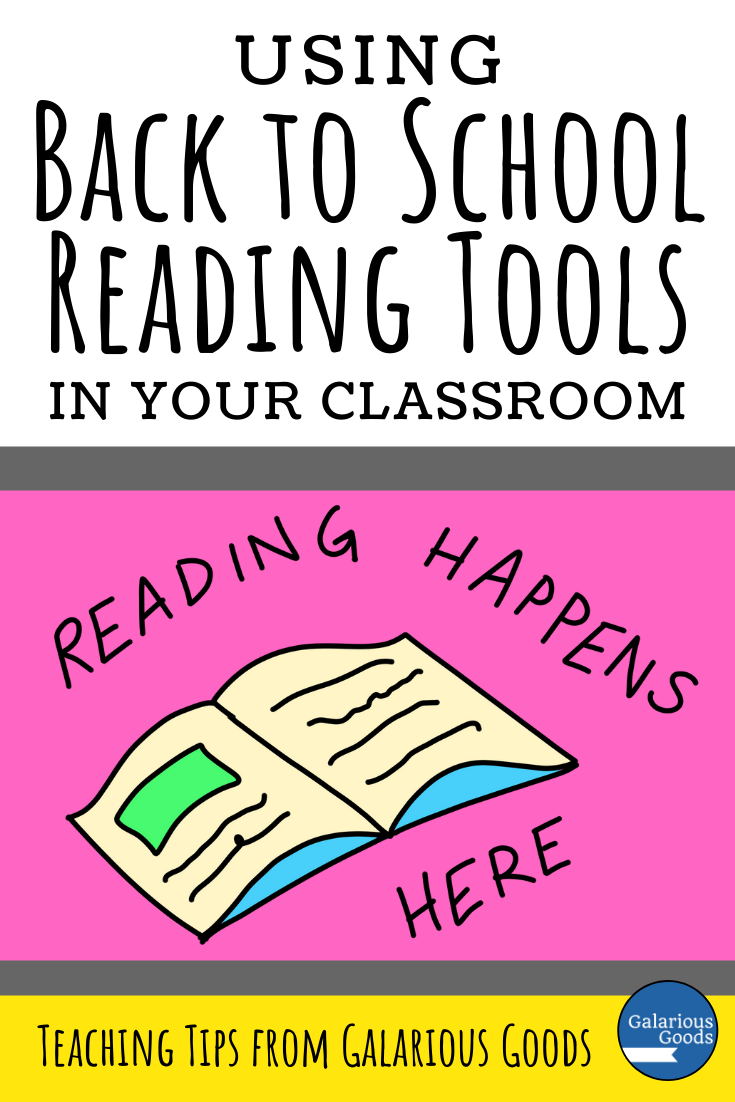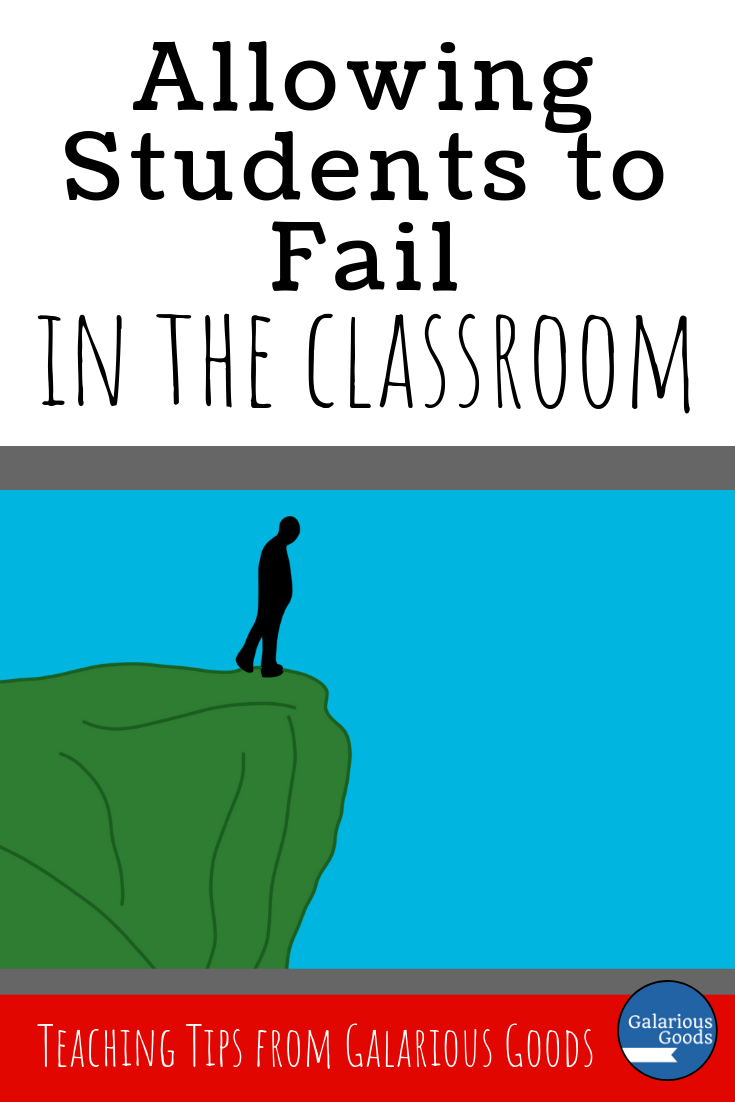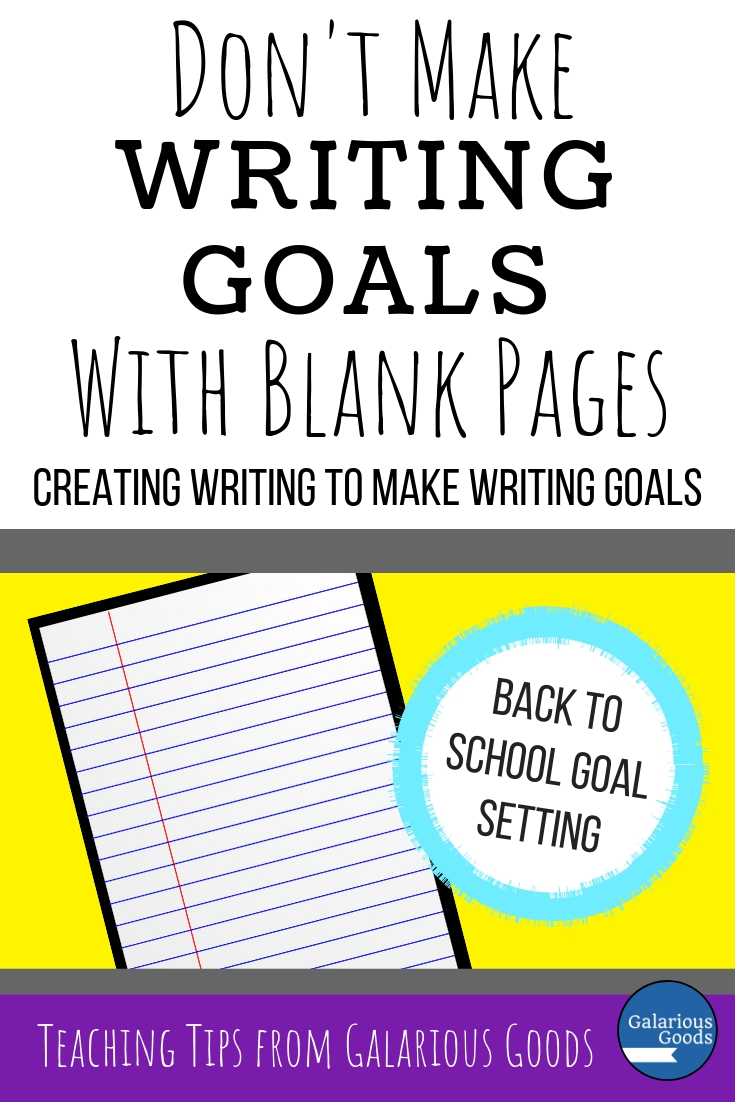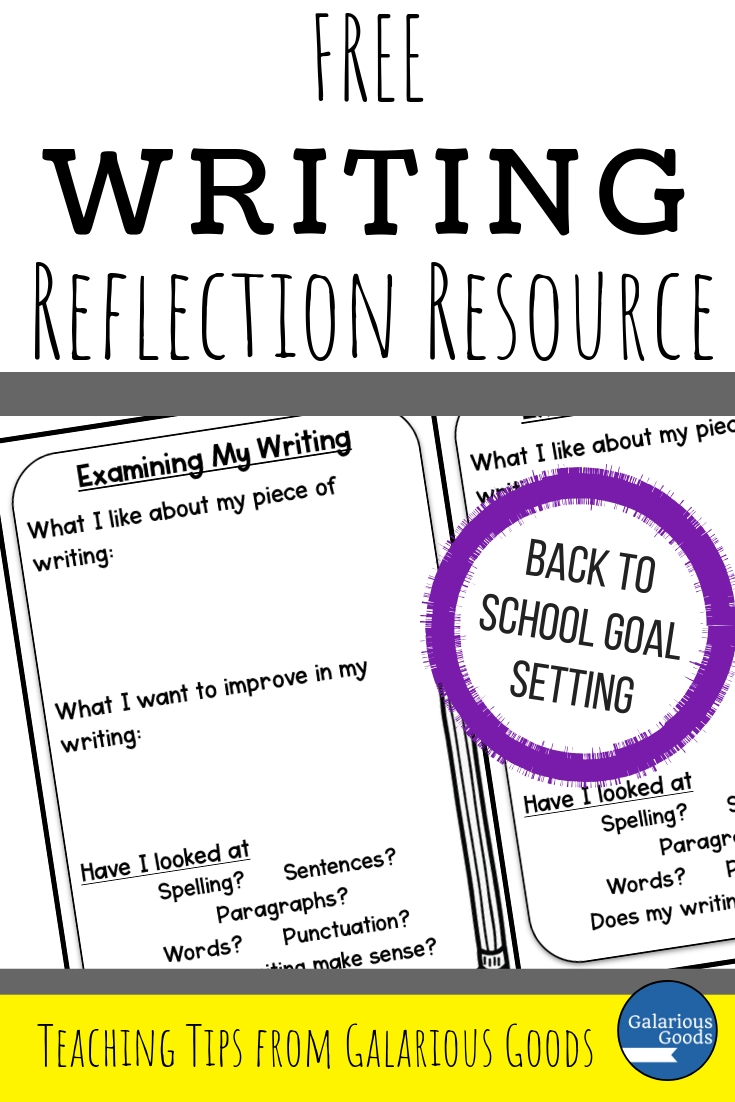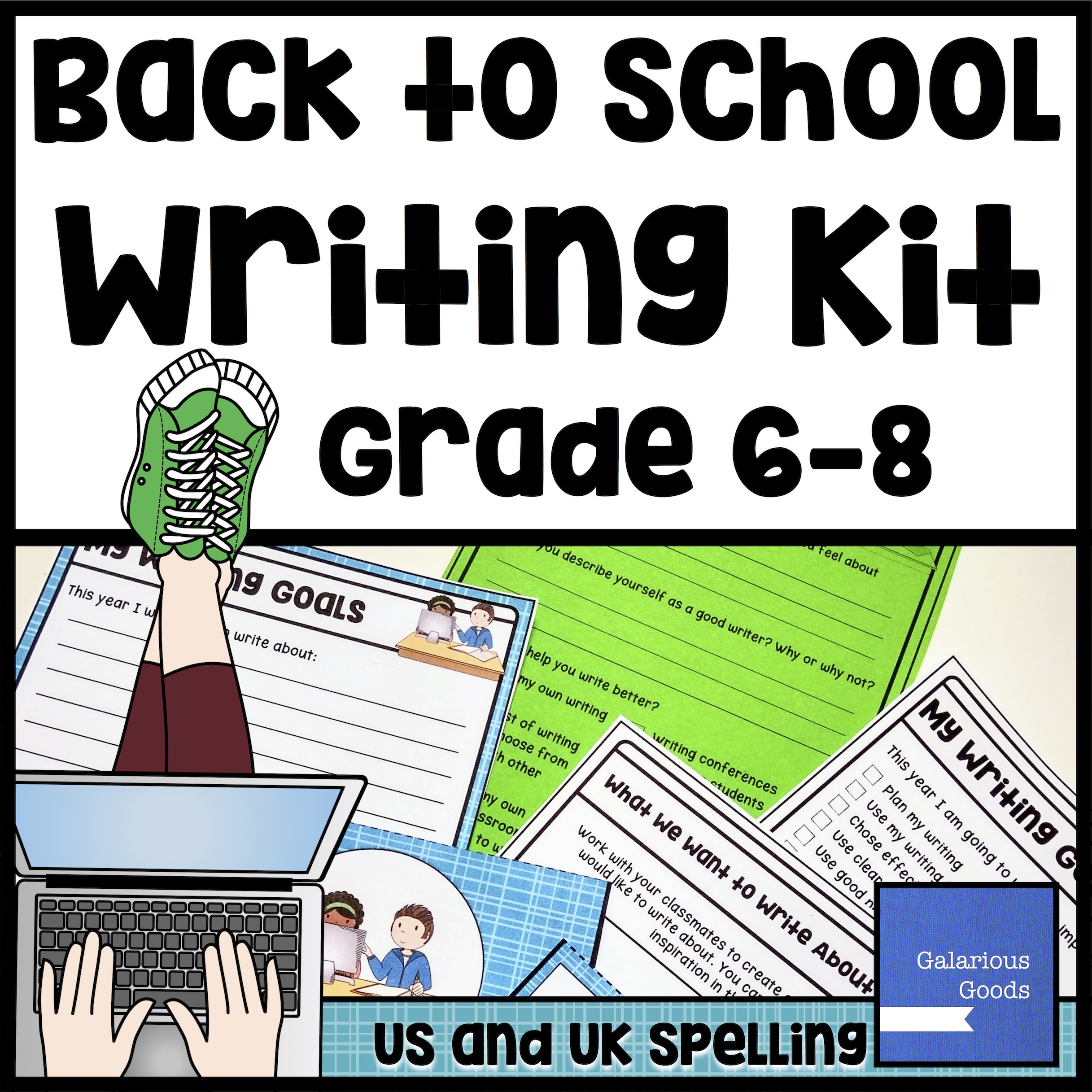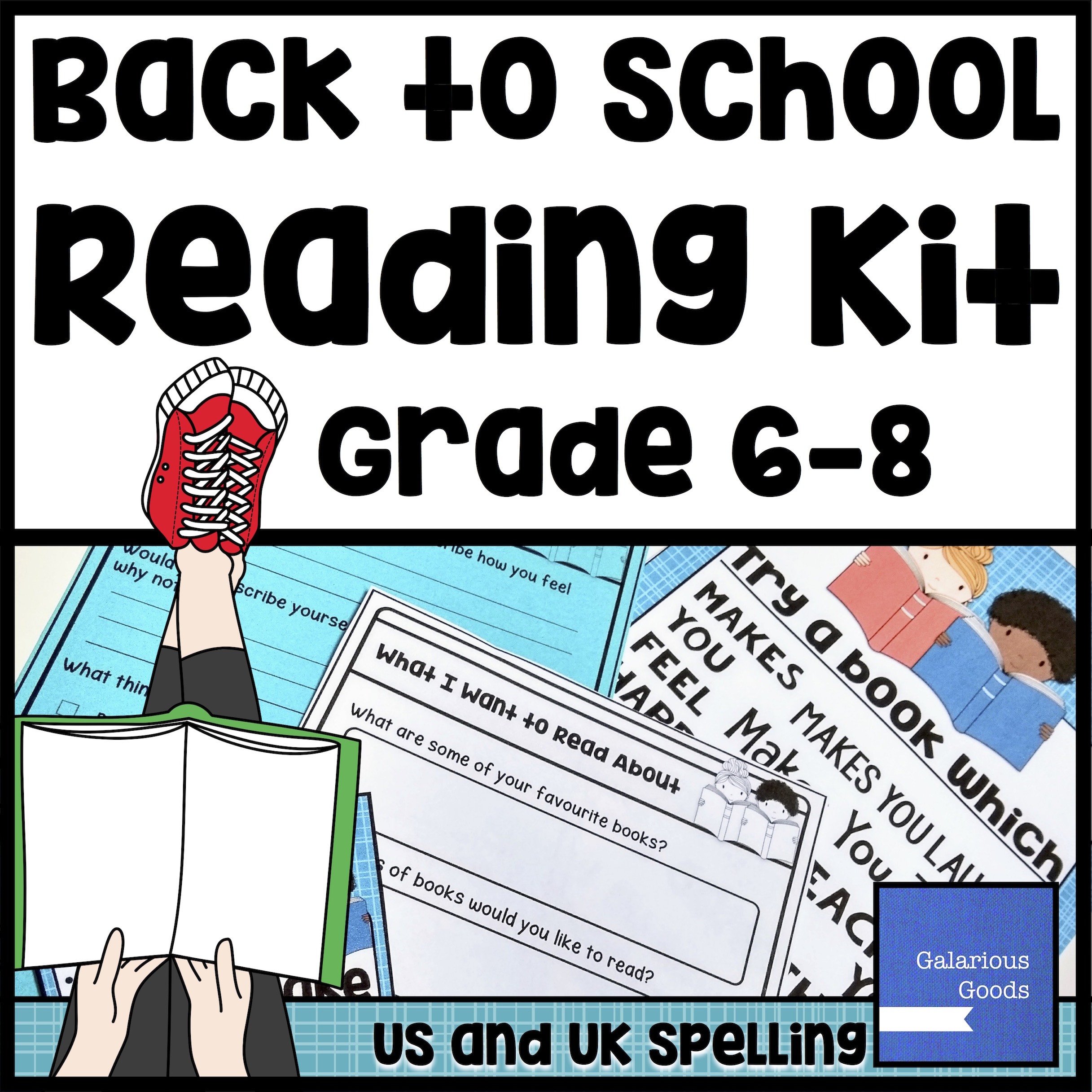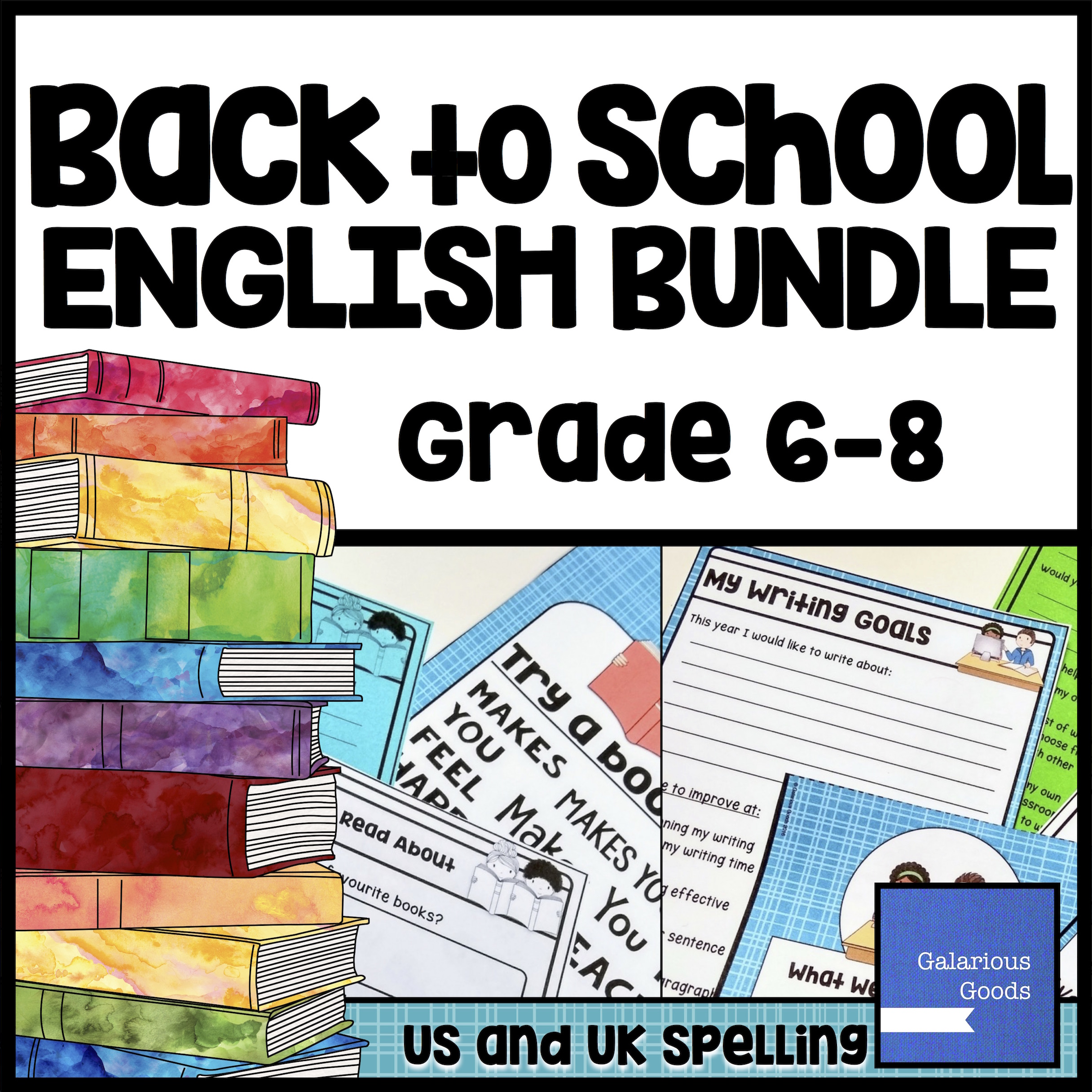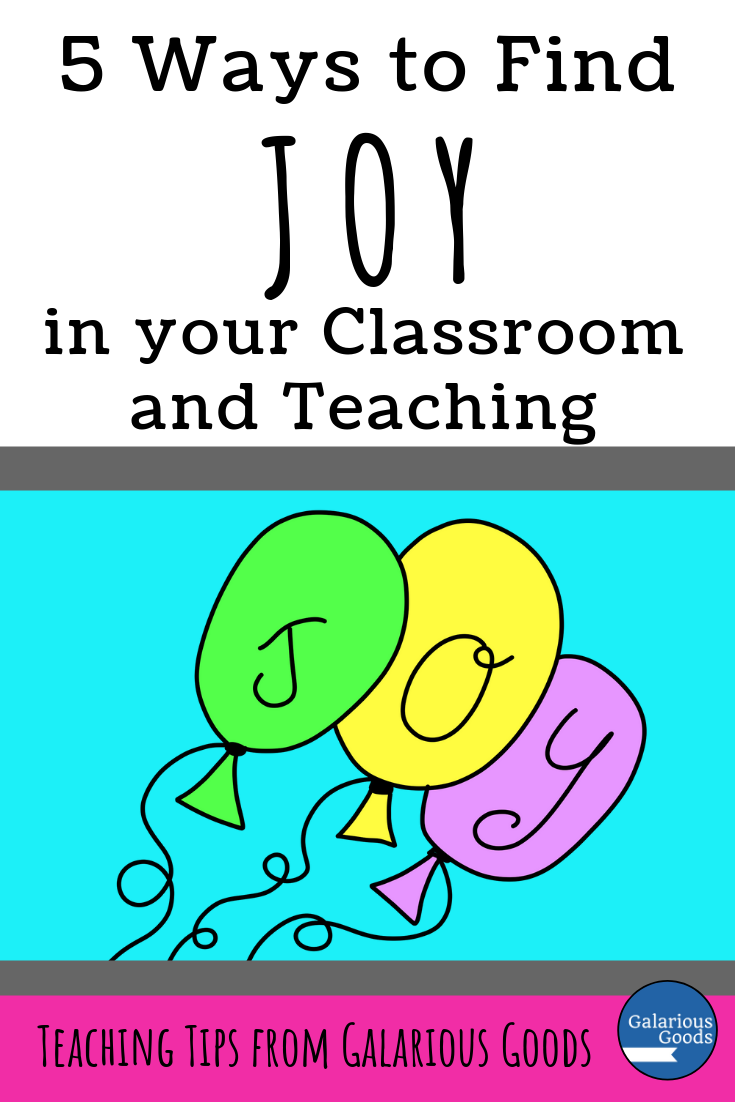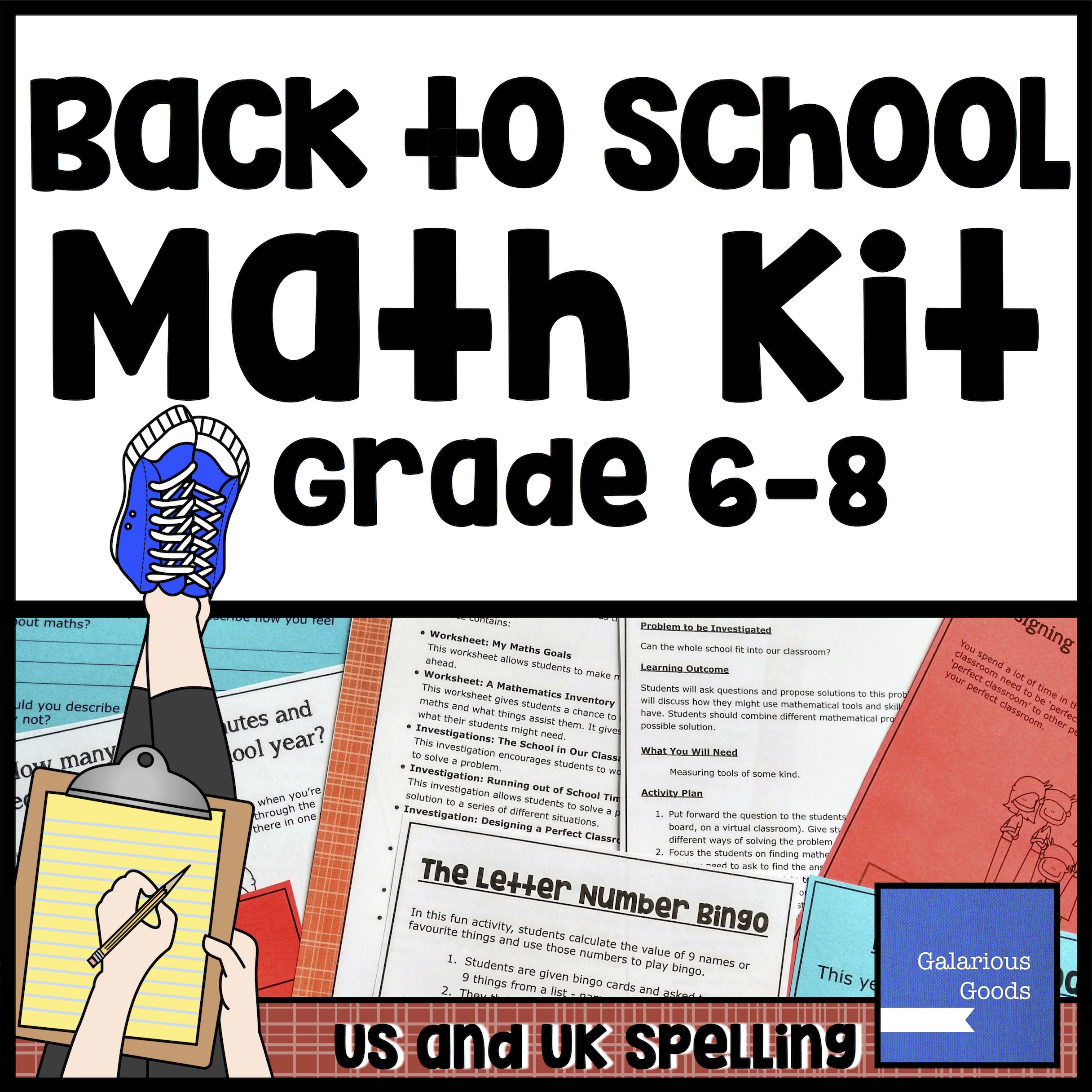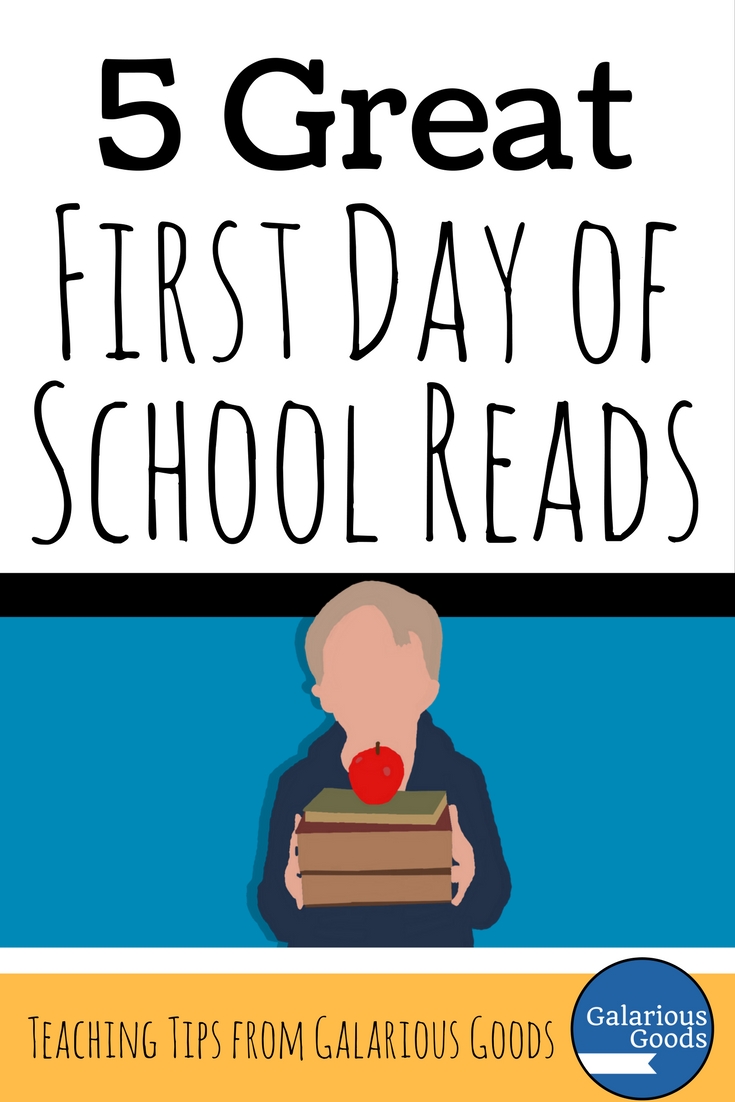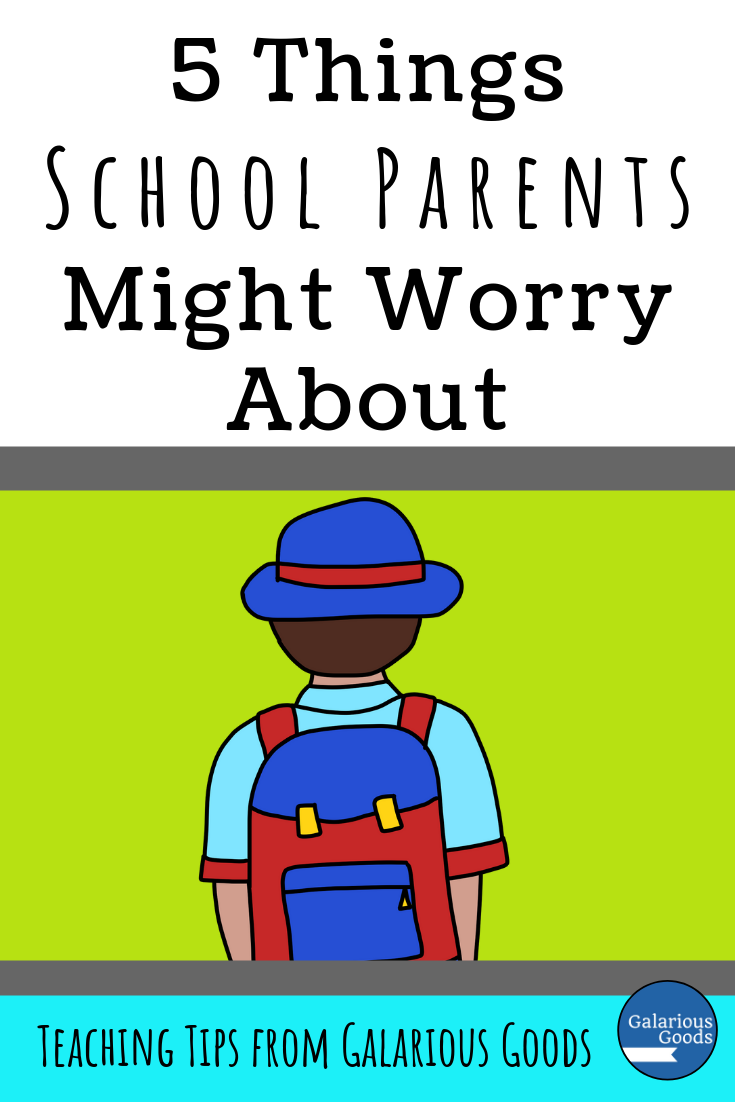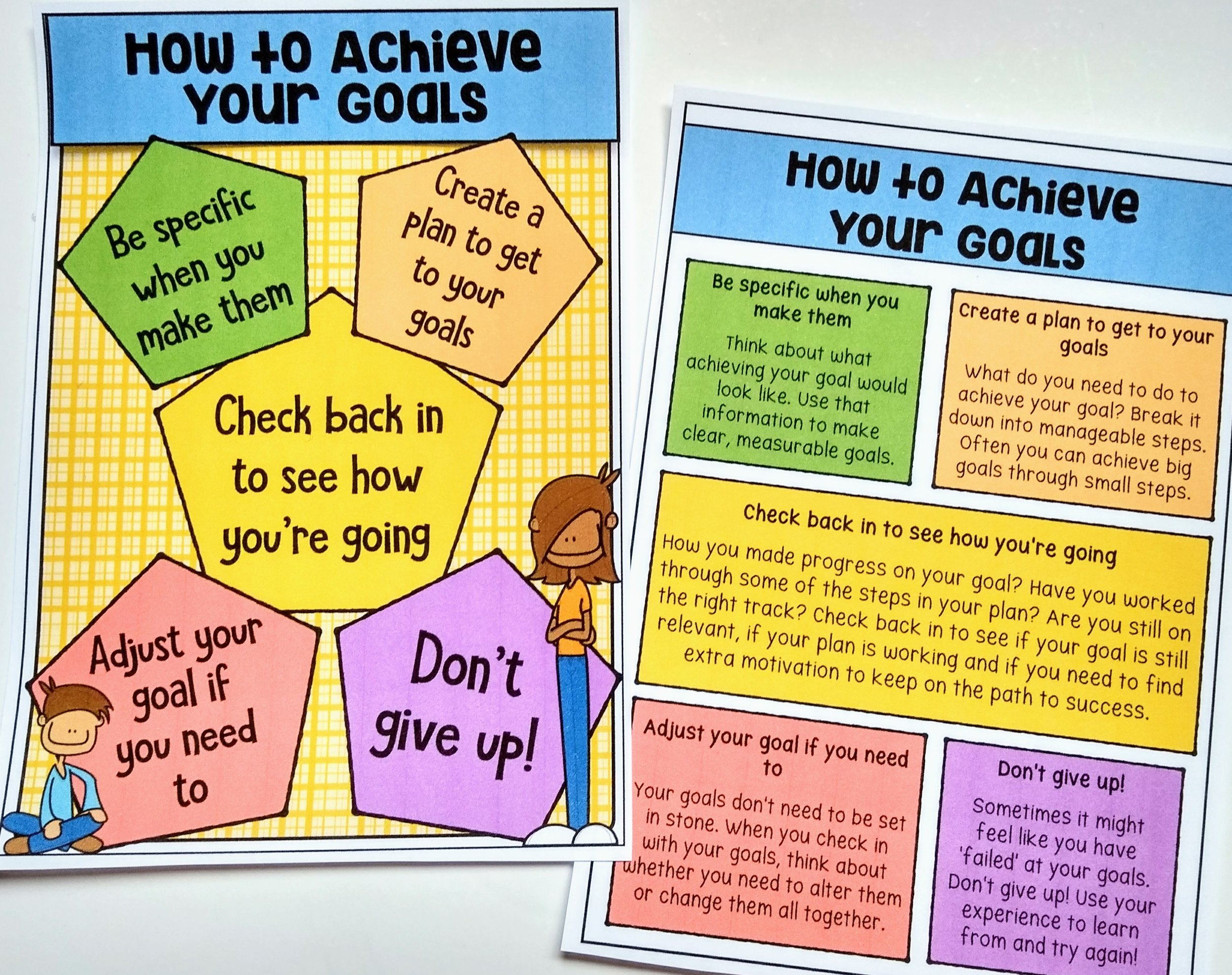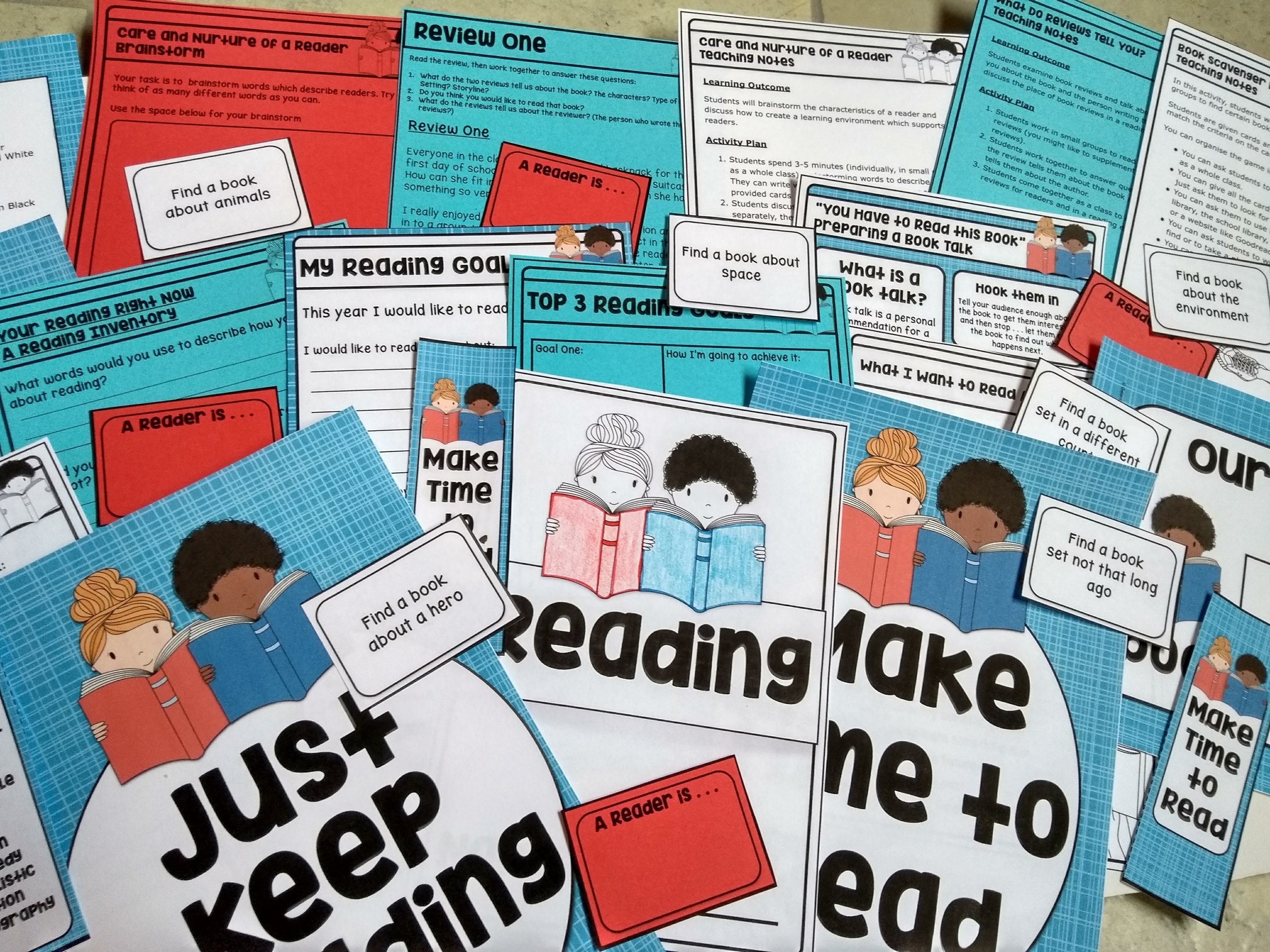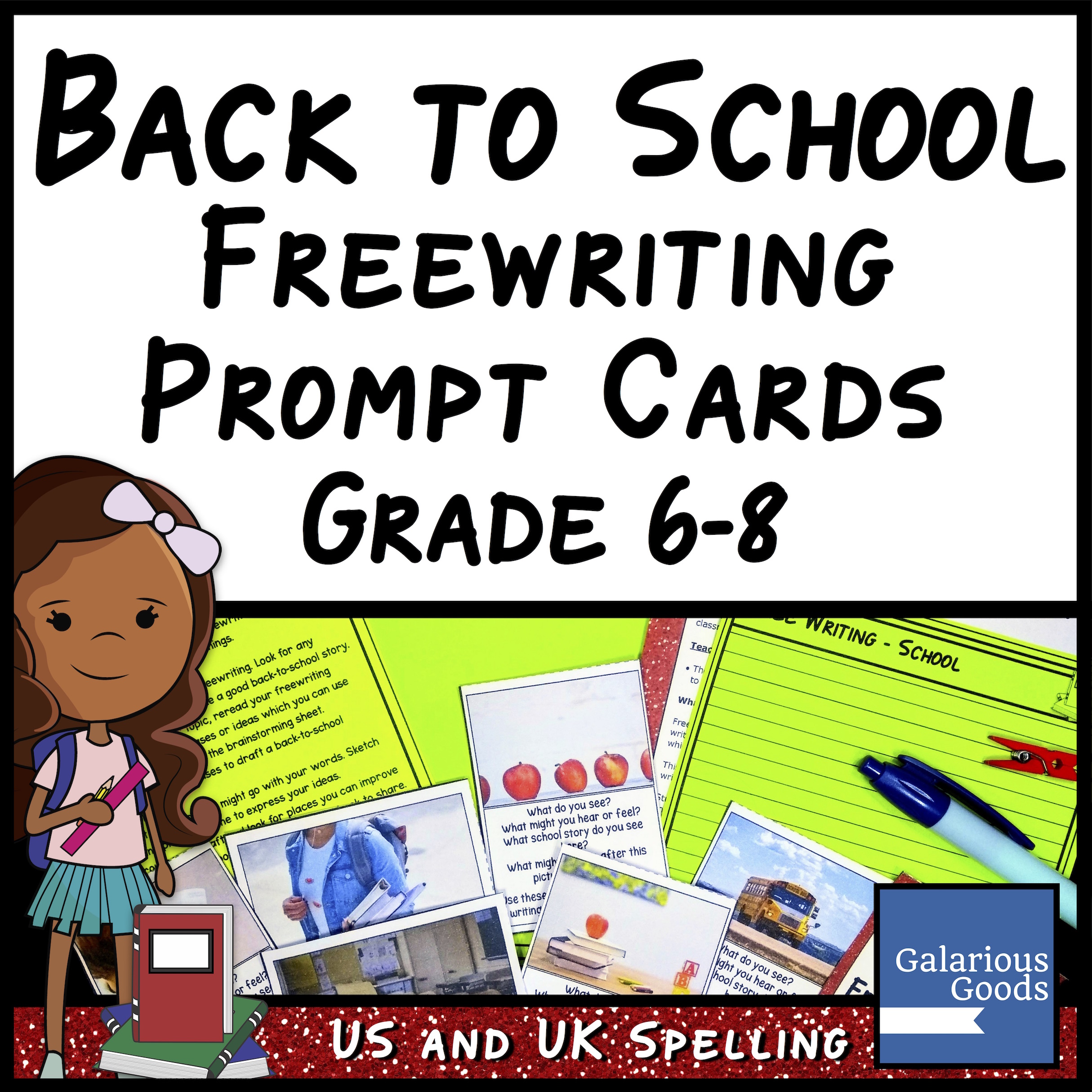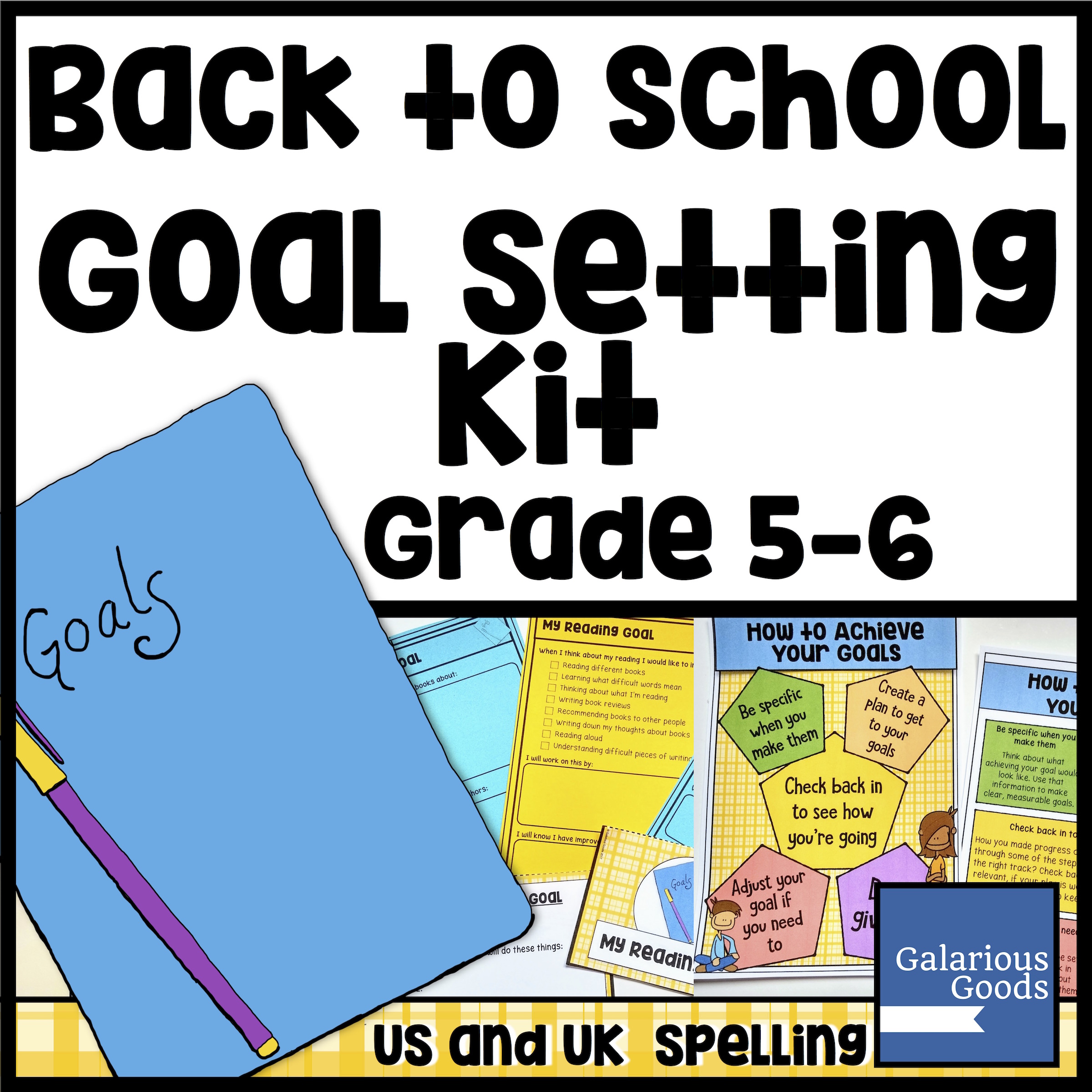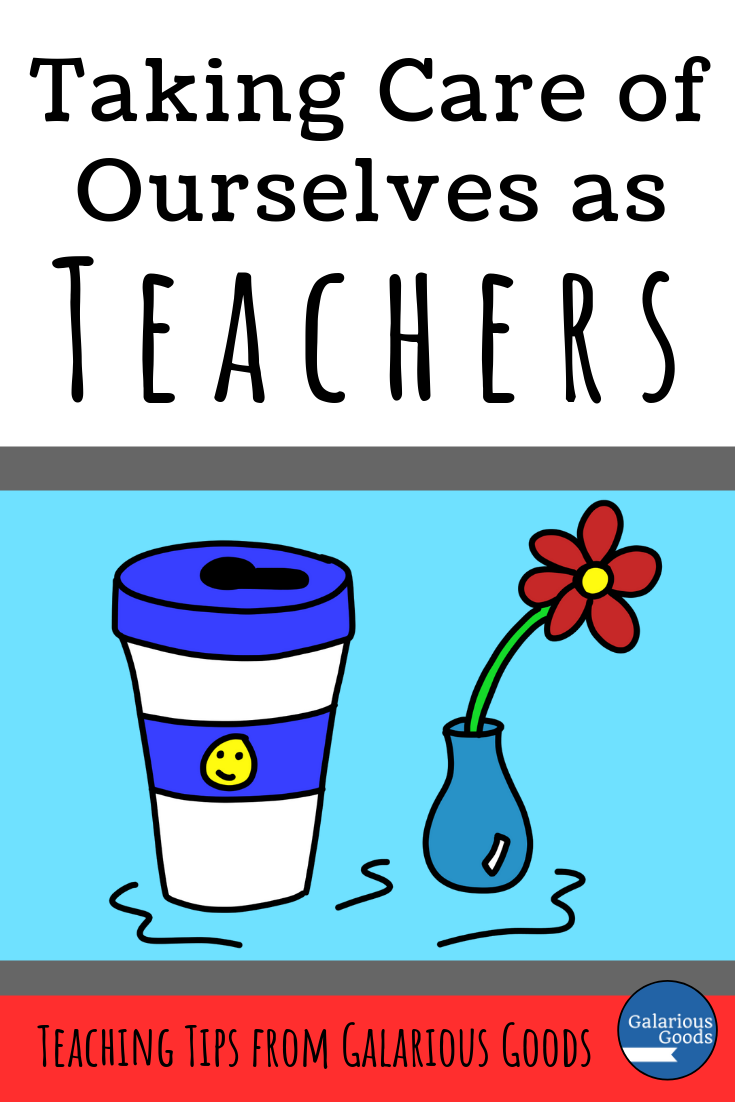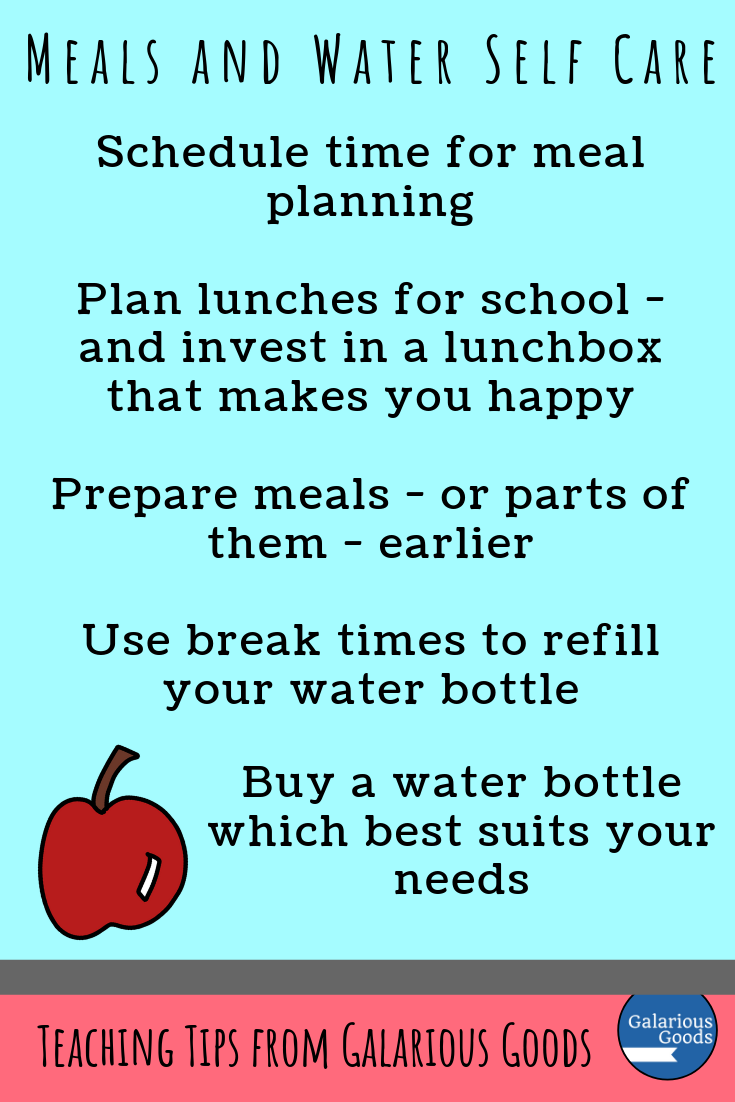6 Fabulous Blog Posts for New Teachers
/Being a new teacher is daunting, terrifying, overwhelming - or for some calm souls, just another step into a career they’ve been preparing for.
Whether you’re a little anxious about what is about to come or very confident about the adventure ahead of you, the following blog post are filled with all the tips, advice and strategies you could possibly need.
1. Get prepared mentally
Before you start planning for your fabulous first year, you must read How to Mentally Prepare for your First Year Teaching from Adventures of a Schoolmarm. This lengthy and thoughtful post look like it only has a few tips for new teachers, but as you read it you realise that it’s absolutely packed full of wonderful advice.
Two things really stood out for me from this post. I love the idea of defining your vision before you start teaching, especially making a vision board which you can return to during the year. I also found myself nodding along with this advice about reading standards:
“Look for how the standards below and above your grade level connect back to what you are teaching. This will make lesson planning so much easier once the school year begins!”
(Honestly, read this post even if you aren’t a new teacher. There’s a lot of lovely refreshing advice that more experienced teachers could also learn from.)
2. Take in the practical advice
A Letter to a New Grad Teacher from Rainbow Sky Creations is a wonderfully sweet piece of practical advice and reassurance. With ten tips to read through, you’re sure to find something you didn’t know (or something which you’ve already been told, but you’ve totally forgotten).
While the laminating, dealing with parents and office ladies advice are all spot on, I really loved the reminder to take time for yourself as a new teacher. Self care is so important for teachers and getting into a good routine with it will definitely help you in the long run.
3. What personal items will you need?
What Teachers Need in their Desks from Language Arts Classroom is such a thoughtful practical post. It looks at some of the items which make teaching a little easier, from food to personal items. I also really like the way that the post considers students and their needs.
4. What do I do on the first day?
Sarah from More Than a Worksheet has put together a BRILLIANT post - 14 First Day of School Tips for New Teachers. This is a MUST READ for new teachers who want to be fully prepared for what they’re going to do on that first day when students walk in the door.
While this is a post for new teachers, again I think more experienced teachers can get a lot out of it, with lots of ideas on dealing with the chaos of the first day. My favourite tips are the reading aloud and the collecting supplies tips (oh, so many piles of notebooks to sort through!) but there’s definitely much more than that to absorb!
5. Tips from other teachers
Want a bunch of new teacher tips which you can come back to over and over? You can’t miss First Year Teacher Tips from Primary Flourish. The star here is a lovely image filled with tips from a wide range of teachers. Stand out tips for me? Using a song to get the attention of the students and not rushing in the first 6 to 8 weeks.
6. Learning from the experience
It’s always great to read personal reflections from teachers. 5 Lessons Learned: My First Year of Teaching from Upper Elementary Snapshots is a wonderful reflection on the lessons learned during the first year of teaching.
My favourite lesson was the ‘just say no!’ lesson! I wish I’d had someone to say that to me when I started teaching and found myself involved in more than I had time or energy for.






